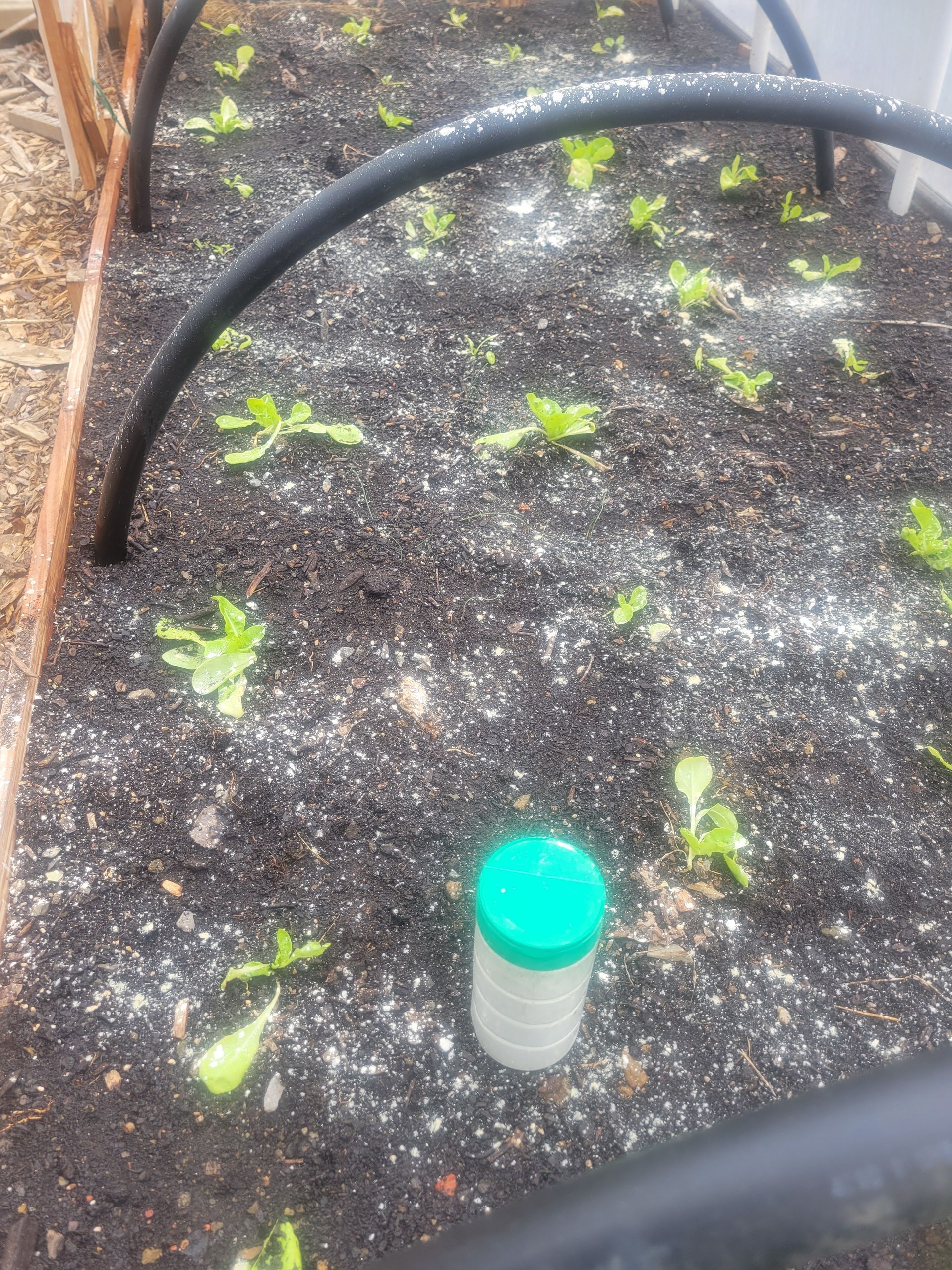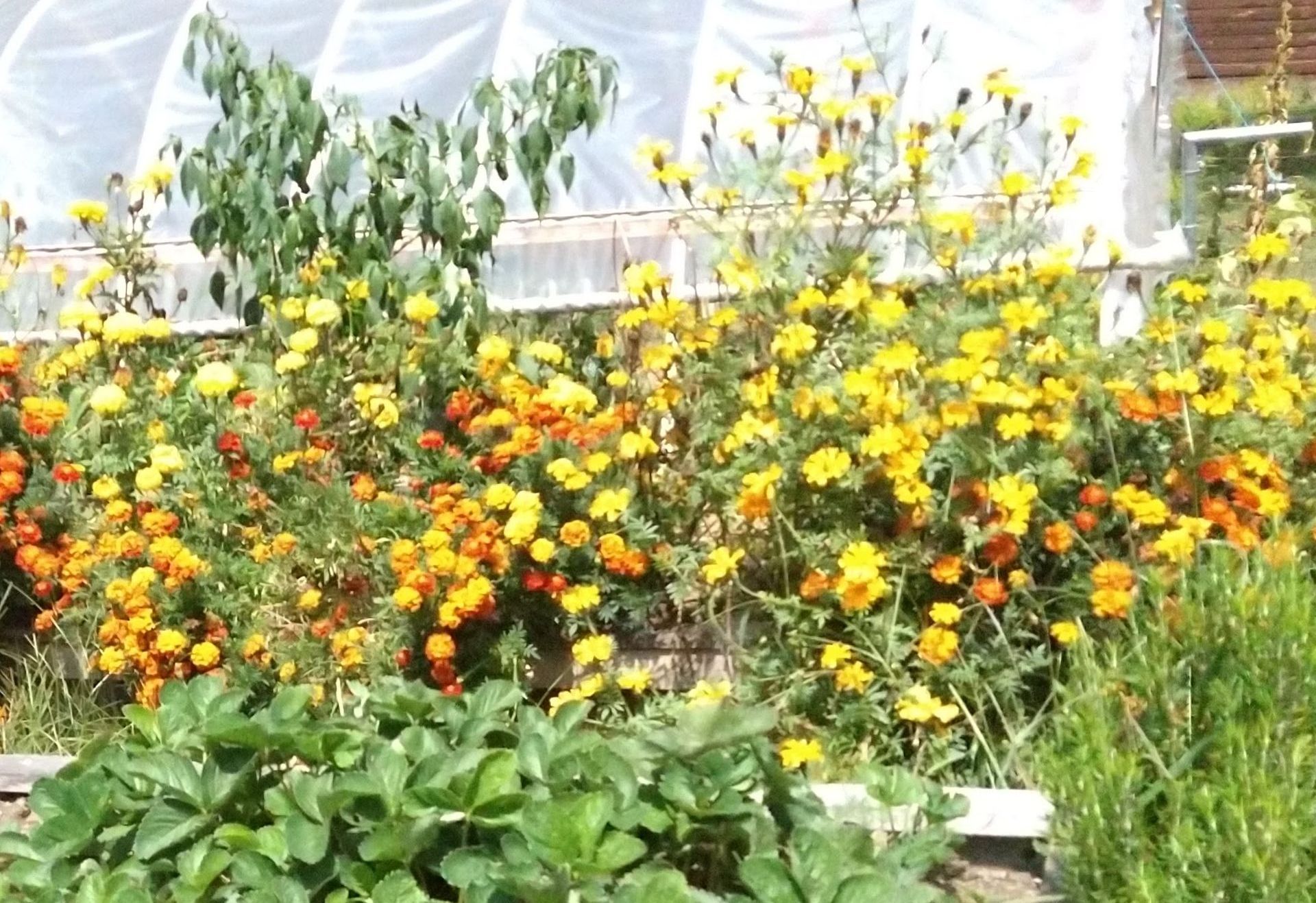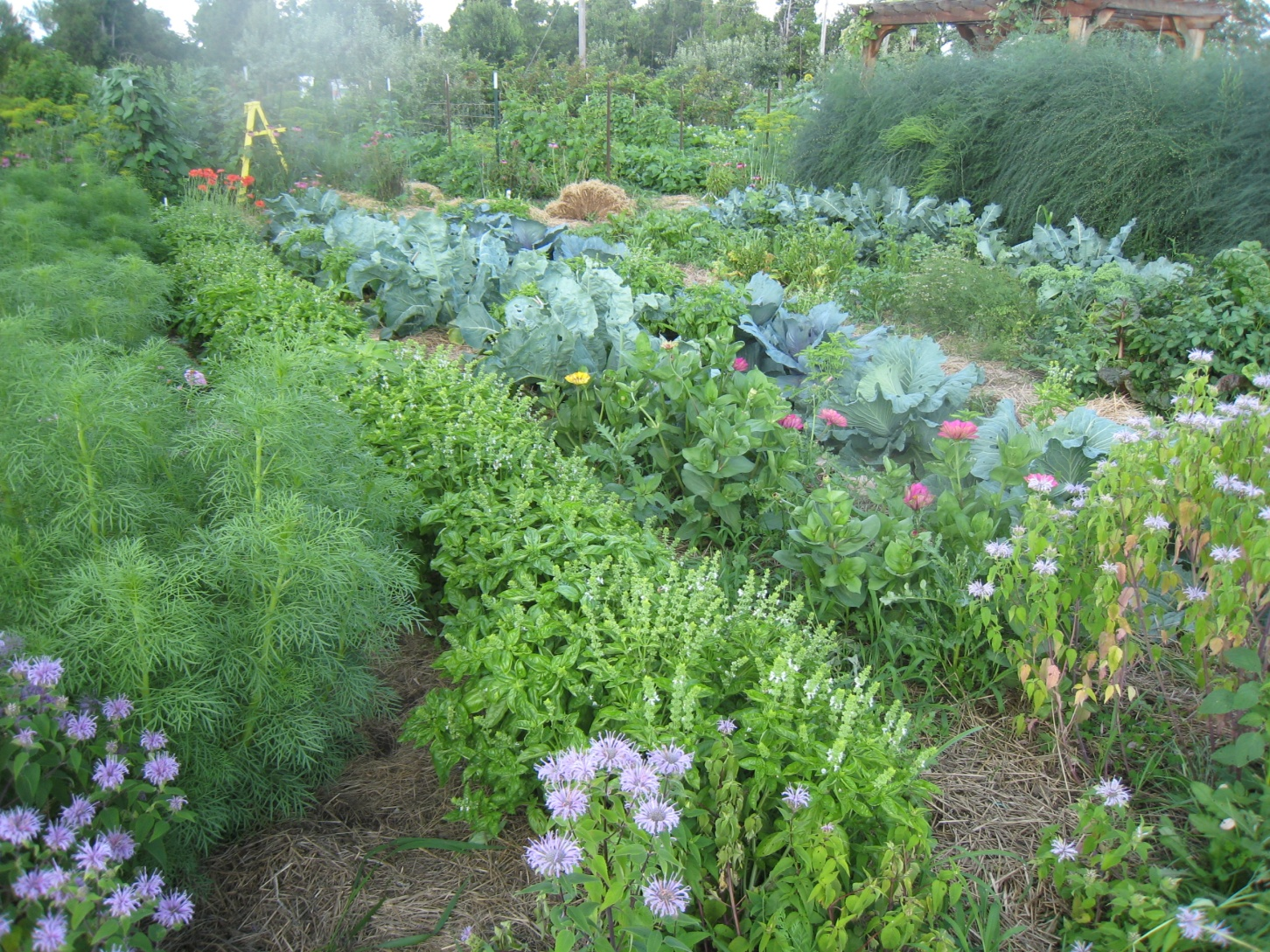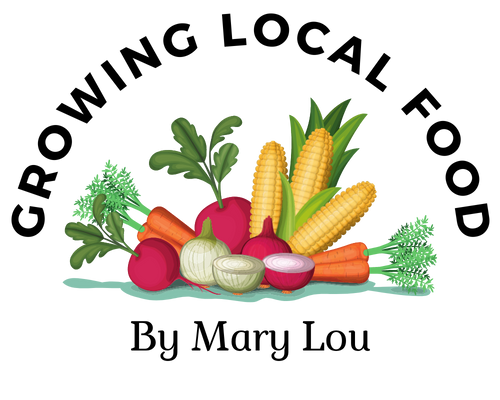By Mary Lou Shaw
•
July 27, 2024
I like reading about gardening tips that tell us the correct way to garden. However, when reviewing these suggestions, I also witness my internal dialogue arguing that following one rule often conflicts with a different rule or suggestion. I admit that I have this same struggle in other areas: I want to keep the bird baths filled with water but don’t want to allow mosquitoes to propagate, or I want to dead-head flowers to encourage more blooms, but also want them to go to seed for the birds. Life is complicated! As for the gardening rules, I admit that different years bring different weather, while at the same time we gardeners are growing different produce with different soils and different growing conditions. But when one rule doesn’t “fit” with another, I often find myself saying “good enough.” Indeed, I am not the perfect gardener. I’ve been outlining various gardening rules these past weeks from Edward Smith’s book, “The Vegetable Gardener’s Bible.” I thought reviewing his suggestions might help me see how I could improve. But even though I agree that these rules make sense, I can’t say that I’m doing each of them perfectly. Because I found this review helpful, I want to share his ten main suggestions below. But just to be ornery, I’ll then explain why I am having trouble reaching this level of perfection. 1: Wide rows should be used for permanent planting sites. Rows only got narrower than walking paths when people attempted to bring large equipment into the garden. Having wide planting spaces allows for “companion planting” which holds down weeds and therefore helps eliminate the need for rototilling. To judge the width of the beds, make sure you can reach to their center. 2: Deep beds are necessary for good root growth. A rototiller only reaches the depth of about nine inches, but plants’ roots can benefit from much deeper soil. When a new garden bed is being prepared, this may mean converting grass to topsoil by first rototilling and then loosening the deeper soil with a garden fork or broad fork. Not stepping on these beds after they are prepped means there is no need to go back again with a rototiller that would only disturb the soil’s many fungi, insects and microscopic creatures necessary to nurture our plants. The alternative to originally digging deeper is to annually pile on good topsoil or compost on each wide bed. We used the “pile on” method with our large Ohio garden when we had a constant supply of animal manure and bedding for the compost pile. Now we do it by having deep, raised beds where we are still adding topsoil. 3: Keep all paths narrow and mulched . Narrow paths give more room for garden plants. Having these paths mulched with organic material prevents the soil underneath from getting compressed so that our plants’ roots will then have even more room to expand. 4: Keep “family members” together . This rule makes sense because plants in the same family have similar nutritional needs and also contribute similar minerals to the soil. Additionally, they have similar problems with disease and insects, so keeping families together makes it easier to rotate them to a different area the following year as will be suggested below. I admit that I can’t recite every plant’s family. A plant’s family cannot be found in its Latin name which only has the plant’s genus and species. But “families” are determined by their flowers and reproductive parts. It’s why carrots, celery, cilantro, fennel, and parsley all get put together in the “Apiaceae” family, while eggplants, bell peppers, potatoes, and tomatoes make up the nightshade or “Solanaceae” family. I’m not always sure which plants belong to which family, so I just try to follow the four year rotation schedule that I mentioned in the Summer, 2024, Farming Magazine. 5: Plants need at least six hours of sun a day . This rule mainly comes into play when we’re first deciding where to establish our gardens. Besides choosing a sunny area, it’s wise to choose one that has good ventilation and good soil. We also have to remember to allow at least six hours of sun for shorter plants growing by larger ones. 6: Interplant different species . I’m enthused about different species growing together because less bare soil certainly helps to control weeds. Different species can also offer physical support to each other as well as needed shade. Interplanting also helps to retain the soil’s moisture and provides mulch. The “Three Sisters,” consisting of corn, climbing beans and the squash family is often given as an example of interplanting different species. 7: Successive planting is probably something most of us do automatically. For example, after garlic is harvested in late June or by mid-July, spinach or Chinese cabbage can then be planted for an autumn harvest. When I’m aiming to assist the soil’s quality and aren’t looking for additional harvests, I can throw in buckwheat seeds or left-over pea or bean seeds. These plants add various minerals to the soil that nurture both plants and microbes. With successive planting, it’s suggested that we choose plants from a different family than what was planted in the springtime. This helps to avoid disease that may have built up from the first crop. 8 : Rotate crops annually . To do this, I depend on my three-ring notebook that has sketches of where each crop was planted the previous year. Rotation helps avoid diseases that may have accumulated from the previous year’s plants. For example, rotating vine crops away from where they attracted vine borers the previous year means that when the vine borers emerge from the soil in the springtime, the vines won’t be available for them to consume. Rotating crops also makes sense because each family of plants have different nutritional needs. For example, the vine crops, along with tomatoes and peppers, need more phosphorus that was deposited the previous year by the root crops. The “leaf crops” like broccoli require more nitrogen that the “fruiting crops” like vines or tomatoes deposited the previous year. 9: Give each plant enough space . Giving space seems like a wise balance to interplanting various species. It is possible to have three or four different varieties growing in the same row or bed as long as their leaves can get enough sunshine and air movement. Fortunately, roots can densely intertwine without any negative effect as long as they have space to grow deep and wide. 10. Meet the basic needs of each plant . The trick here is of course, that different plants have different needs. We can agree that plants need air, sunlight and room to grow roots. They benefit from soil and air temperatures within the range they’ll thrive. Their need for water is usually averaged to be about an inch a week. Finally, different plant families have different nutritional needs which an annual rotation helps to supply. These ten rules are all pretty basic, so why do I fall short every summer? For starters, I’m already cheating during the winter when sketching the following summer’s garden. What am I to do with the perennials like rhubarb and asparagus if not to hop over them? And if the tall plants, like sweet corn and climbing beans, need the northeast side of the garden so they won’t shade the shorter plants, then how are they to rotate to a different space in a single garden? But that’s just the beginning of my difficulties. Not long into a growing season, successive planting comes into play after the lettuce, peas and then garlic are harvested. Here we’re advised to put plants from different families into the space to help avoid disease, but having two families occupy the same space in one growing season makes the next year rotation more difficult. Okay—I admit to just doing my best with what needs to be planted and then going back to the same four-season rotation the following year. It’s what I call “good enough.” The good enough rule applies once again when harvesting the climbing peas in the springtime and then needing that fence for climbers like cucumbers that belong to a different family. When I want to cheat on this, I rationalize that the “three sisters” concept allows the vines to climb on corn which combines different families. I imagine that the corn, vines and bean combination could be rotated to a new spot each year without much damage being done. That’s probably good enough! However, I’m not done complaining just yet. Providing plants with about an inch a water each week shouldn’t be tough. Just check the rain gauge and make up the difference, right? But our heavy clay soil doesn’t soak up water well, although no water runs off the raised beds filled with compost. Yes, the plants in the clay soil do well with smaller amounts of water applied more frequently. The next hurdle is deciding the best time of day to water. We’re told we shouldn’t water in the morning during the hot summertime because much of the water will evaporate. However, if we water in the evening, the wet leaves may be more susceptible to fungal diseases during the night. Seems to me we’ll be watering during suppertime! In truth, I’m smiling when confessing my failures in reaching perfection, because I’ve never perfected any area of my life! It didn’t happen in school or in the kitchen, so it’s not going to happen when attempting to work with the complexities of nature. But nature can also be very forgiving of my efforts as she allows our dinner table, canning jars and root cellar to be filled with beautiful produce. I’ll try to follow the “rules” listed here, but perhaps shift my focus to gratitude for each year’s harvest. Unfortunately, that’ll probably free my mind to fret about filling bird baths and dead-heading flowers. Life is just full of decisions!



